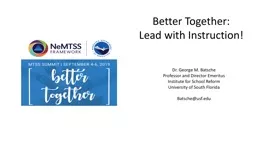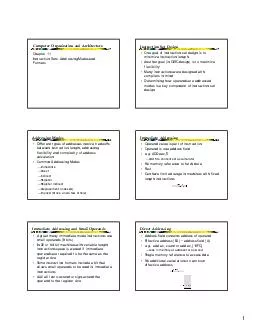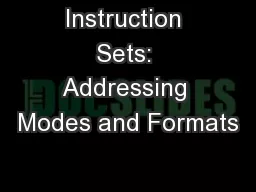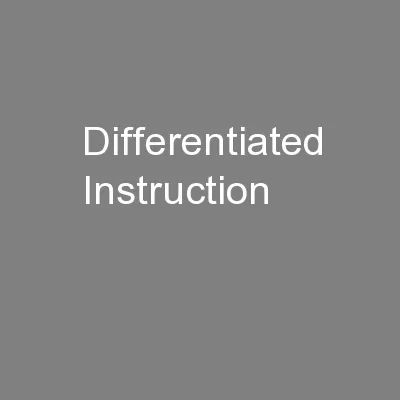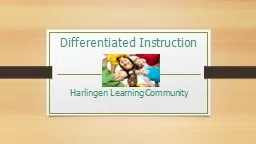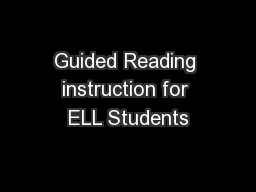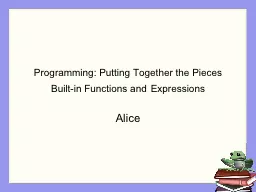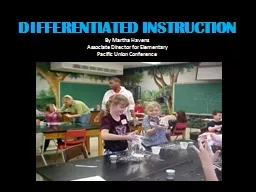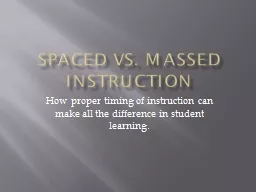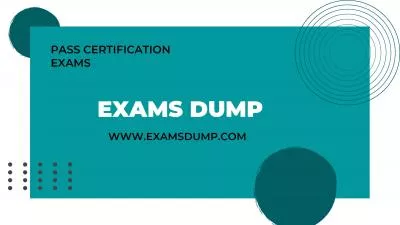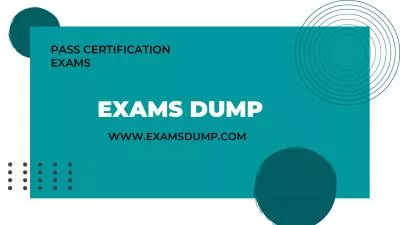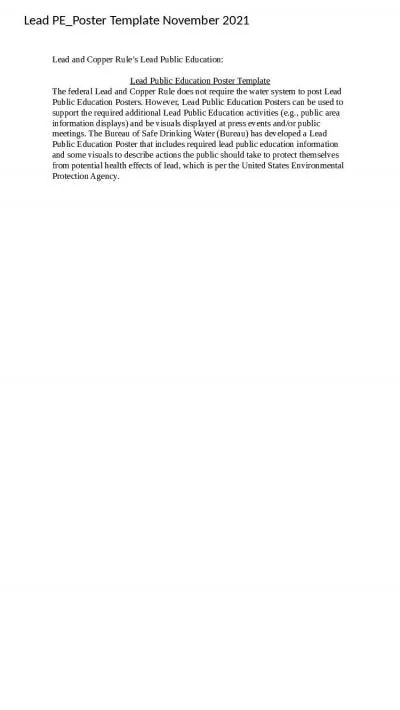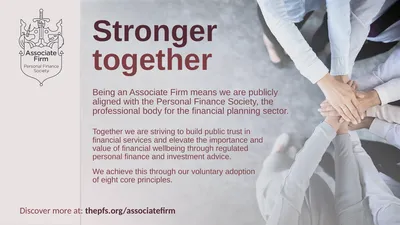PPT-Better Together: Lead with Instruction!
Author : garcia | Published Date : 2021-12-08
Dr George M Batsche Professor and Director Emeritus Institute for School Reform University of South Florida Batscheusfedu We can whenever we choose successfully
Presentation Embed Code
Download Presentation
Download Presentation The PPT/PDF document "Better Together: Lead with Instruction!" is the property of its rightful owner. Permission is granted to download and print the materials on this website for personal, non-commercial use only, and to display it on your personal computer provided you do not modify the materials and that you retain all copyright notices contained in the materials. By downloading content from our website, you accept the terms of this agreement.
Better Together: Lead with Instruction!: Transcript
Download Rules Of Document
"Better Together: Lead with Instruction!"The content belongs to its owner. You may download and print it for personal use, without modification, and keep all copyright notices. By downloading, you agree to these terms.
Related Documents

